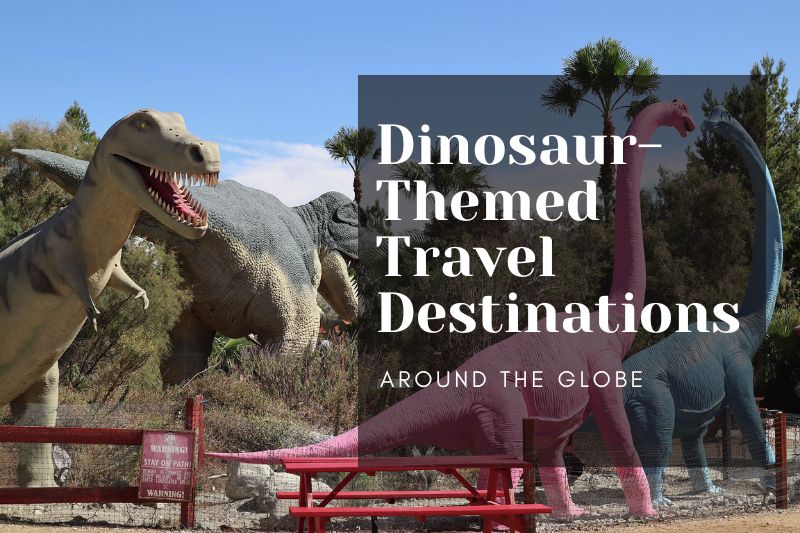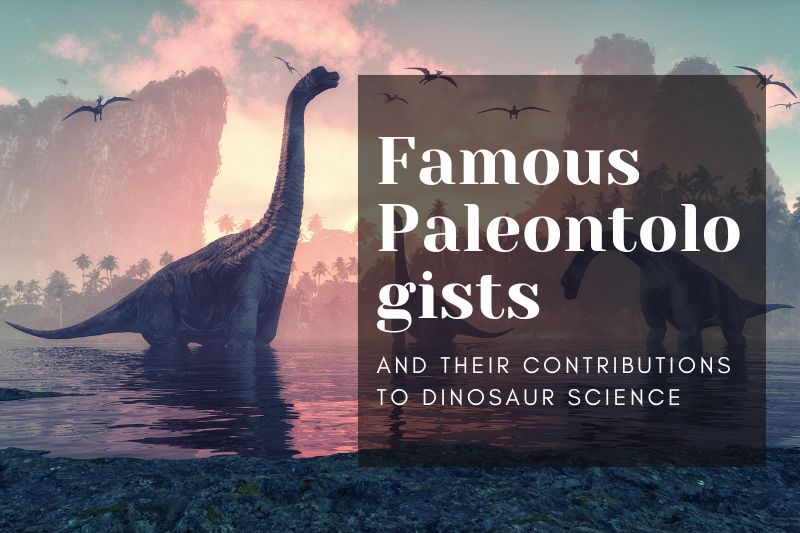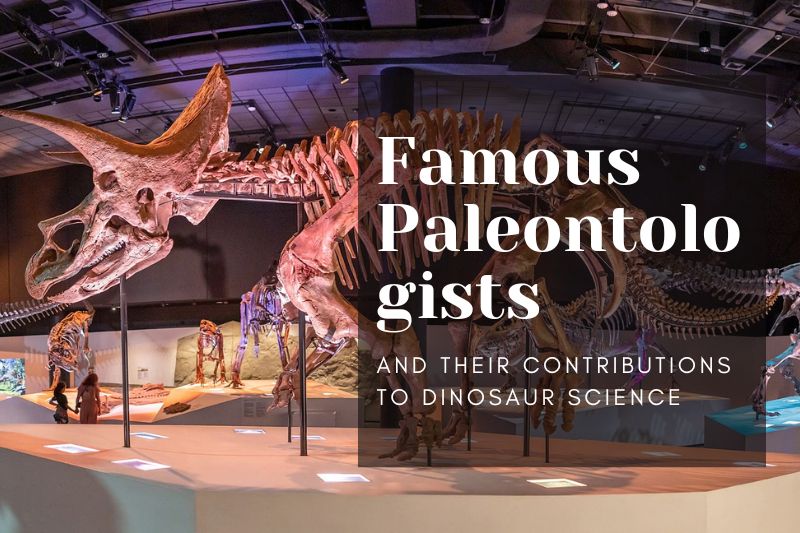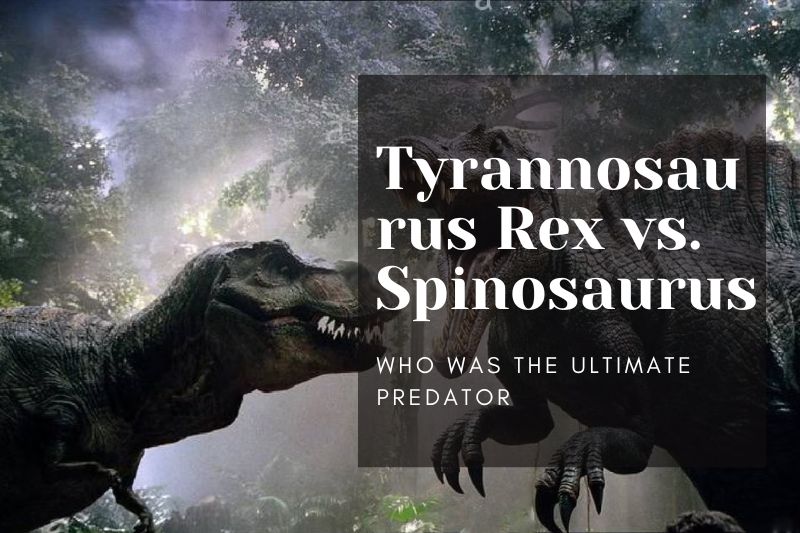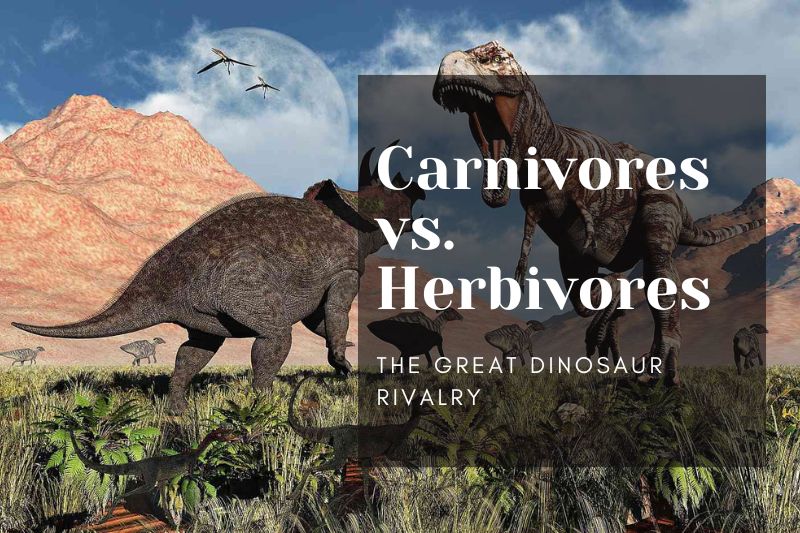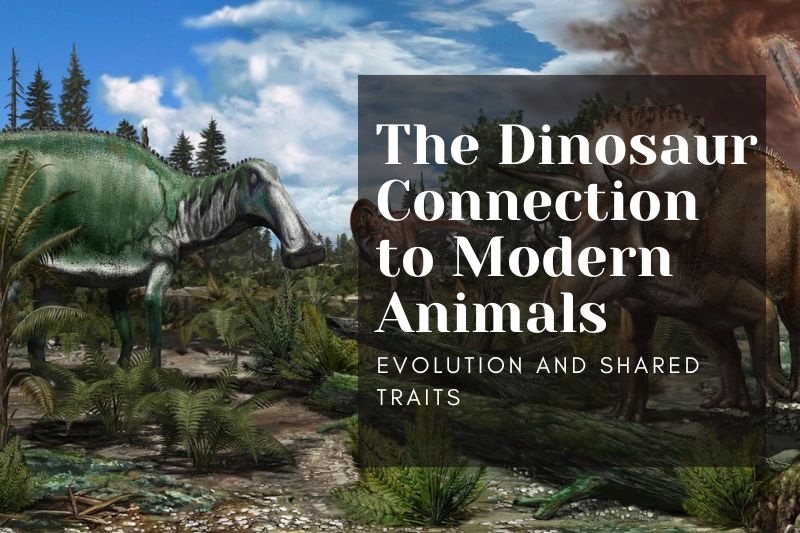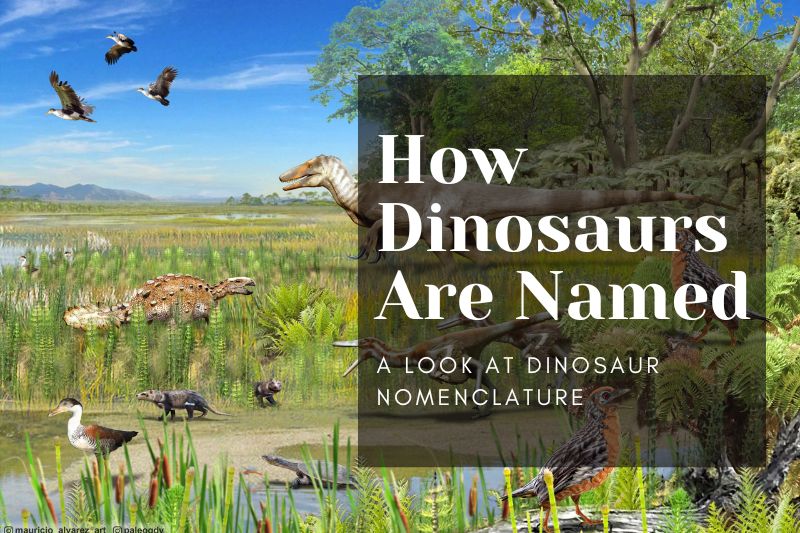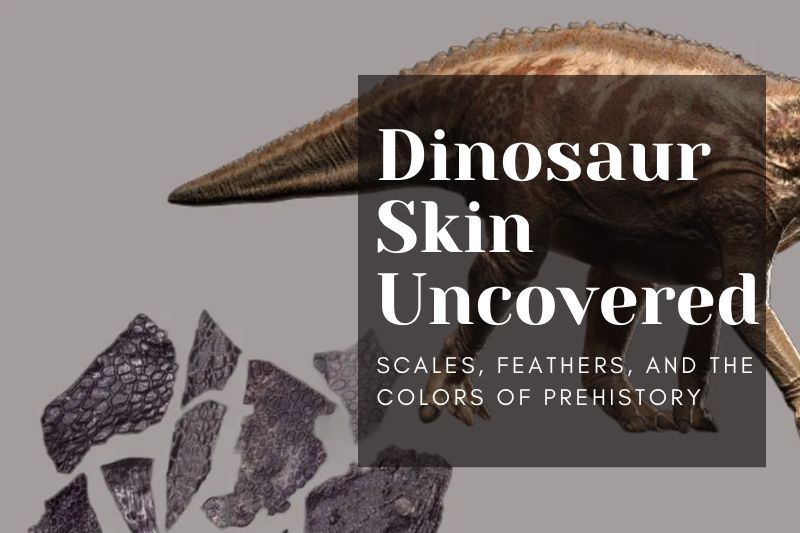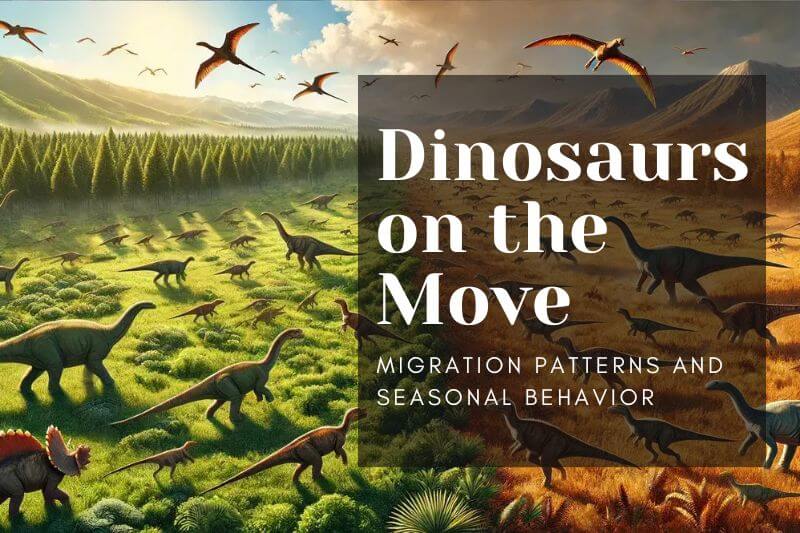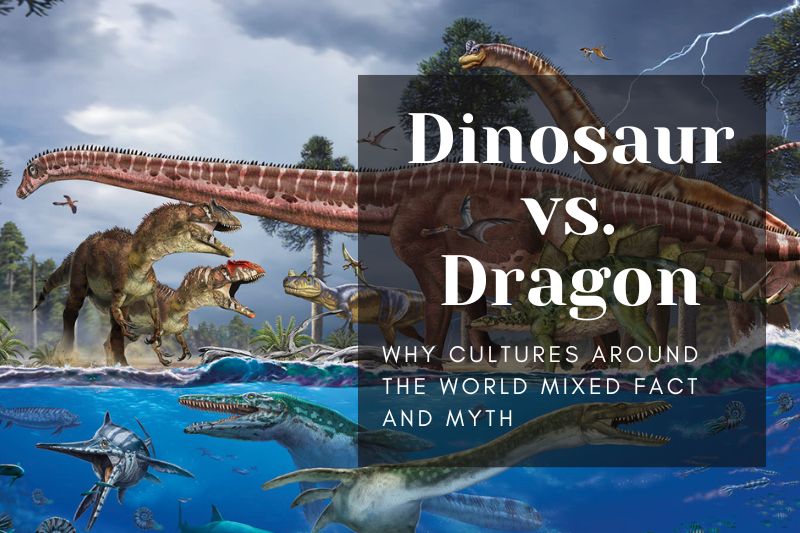The Fascinating World of Long Neck Dinosaurs
Date:2024/06/21 Visits:240
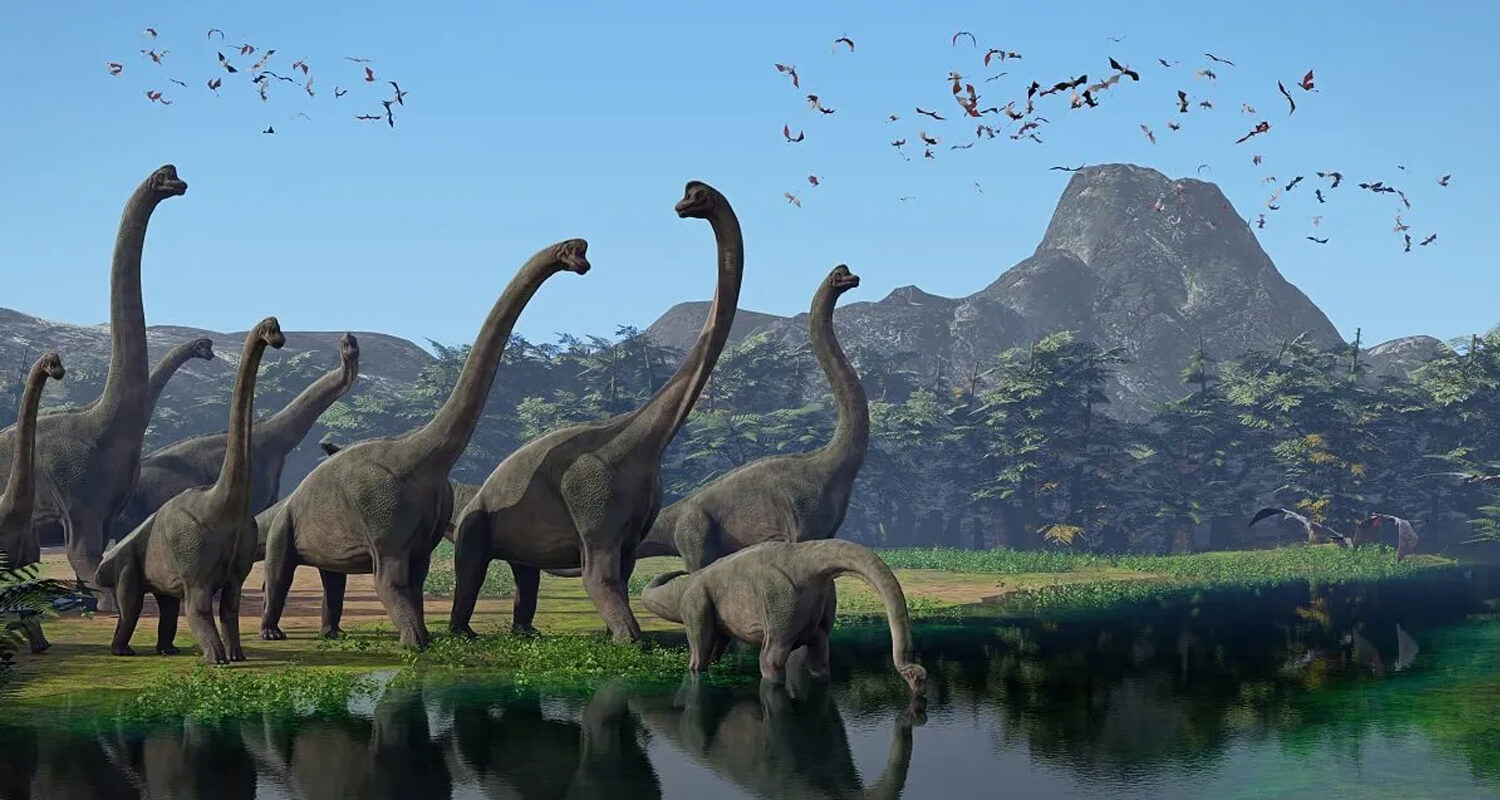
Long neck dinosaurs, scientifically known as sauropods, are some of the most iconic and easily recognizable dinosaurs due to their distinctive features. These prehistoric giants roamed the Earth millions of years ago, leaving behind a legacy that continues to captivate our imagination. The primary characteristics of these long neck dinosaurs include:
Small Heads
Despite their massive bodies, long-necked dinosaurs typically had relatively small heads. This was likely an adaptation to support their lengthy necks without compromising mobility or balance.
Long Tails
In addition to their elongated necks, these dinosaurs also possessed long tails. These tails served various functions, such as aiding in balance, communication, and, in some cases, defense against predators.
Long Necks
The most defining feature of these dinosaurs is their extraordinarily long necks. This adaptation allowed them to reach vegetation high up in trees, giving them access to a food source that other herbivores couldn't reach.
Large Bodies
Long neck dinosaurs were some of the largest animals to ever walk the Earth. Their massive bodies supported their long necks and tails and housed large digestive systems needed to process vast amounts of plant material.
Thick Legs
To support their enormous size, long neck dinosaurs had thick, pillar-like legs. These sturdy limbs helped distribute their weight and enabled them to move their large bodies across various terrains.
What Dinosaurs Have Long Necks?
Several dinosaur species are renowned for their long necks. Here are some of the most notable examples, along with their sizes and neck lengths:
Brachiosaurus
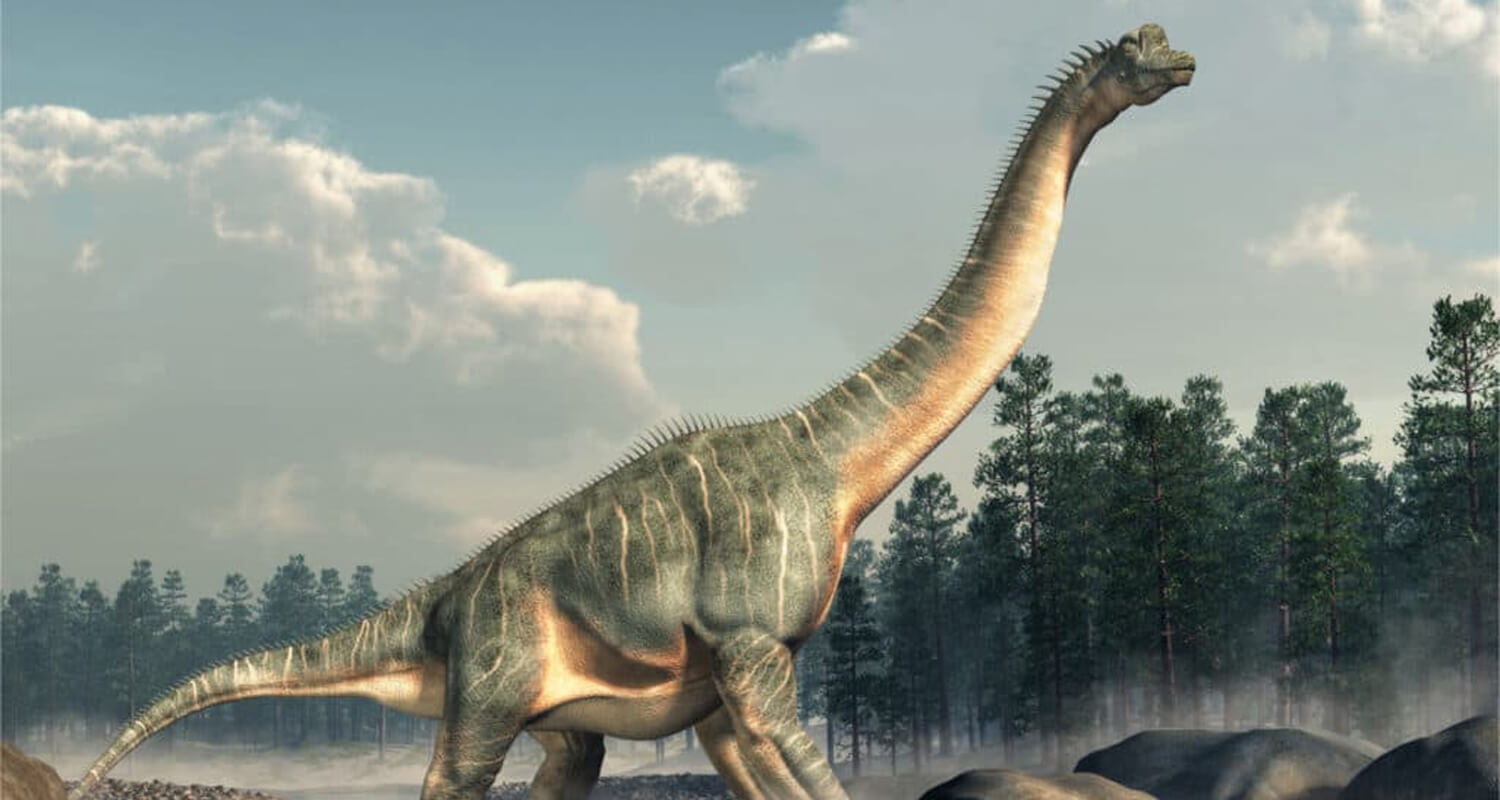
Size: Approximately 85 feet long
Neck Length: Around 30 feet
Description: Brachiosaurus is one of the most famous long neck dinosaurs, easily recognized by its longer front legs, which gave it an upright posture. This allowed Brachiosaurus to reach even higher vegetation.
Brontosaurus

Size: About 70-75 feet long
Neck Length: Roughly 30 feet
Description: Once thought to be the same as Apatosaurus, Brontosaurus has been reinstated as its genus. It is characterized by a robust body and a long, graceful neck.
Diplodocus

Size: Up to 90 feet long
Neck Length: Approximately 26 feet
Description: Diplodocus is known for its exceptionally long neck and tail. It was one of the longest dinosaurs, with a relatively slender build compared to other sauropods.
Mamenchisaurus
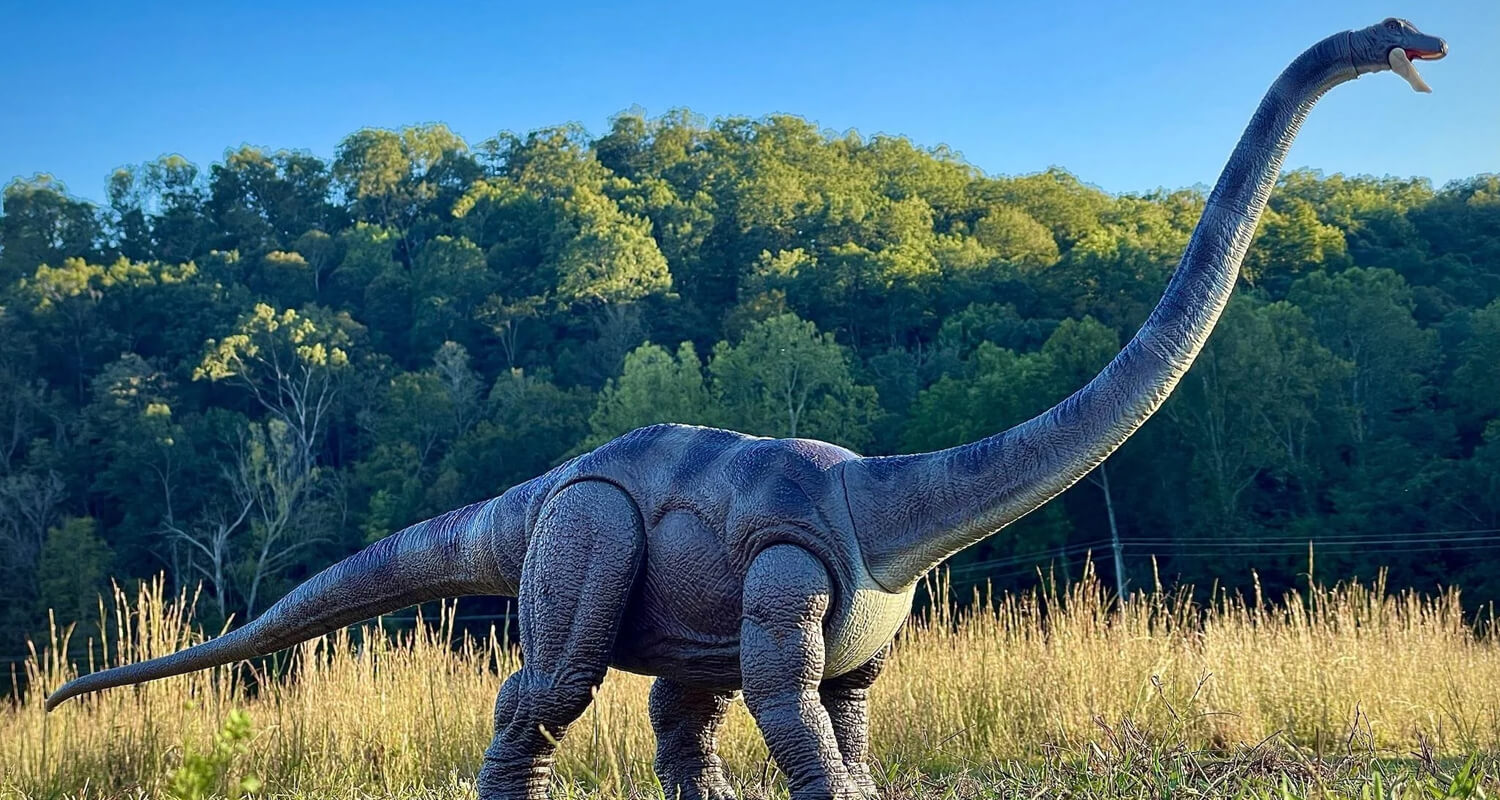
Size: Around 70 feet long
Neck Length: About 35 feet
Description: Mamenchisaurus stands out for having one of the longest necks relative to its body size among all dinosaurs. Its neck could make up more than half of its total body length.
Supersaurus
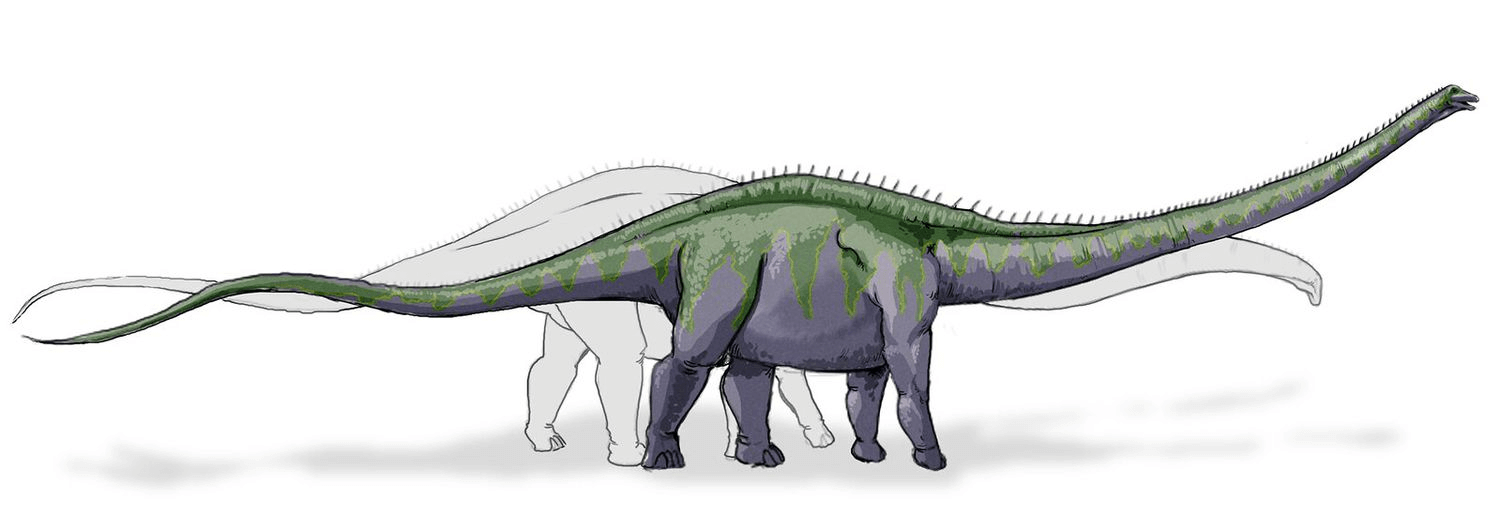
Size: Up to 110 feet long
Neck Length: Around 40 feet
Description: Living up to its name, Supersaurus was a massive dinosaur with an incredibly long neck, making it one of the longest dinosaurs known.
Argentinosaurus
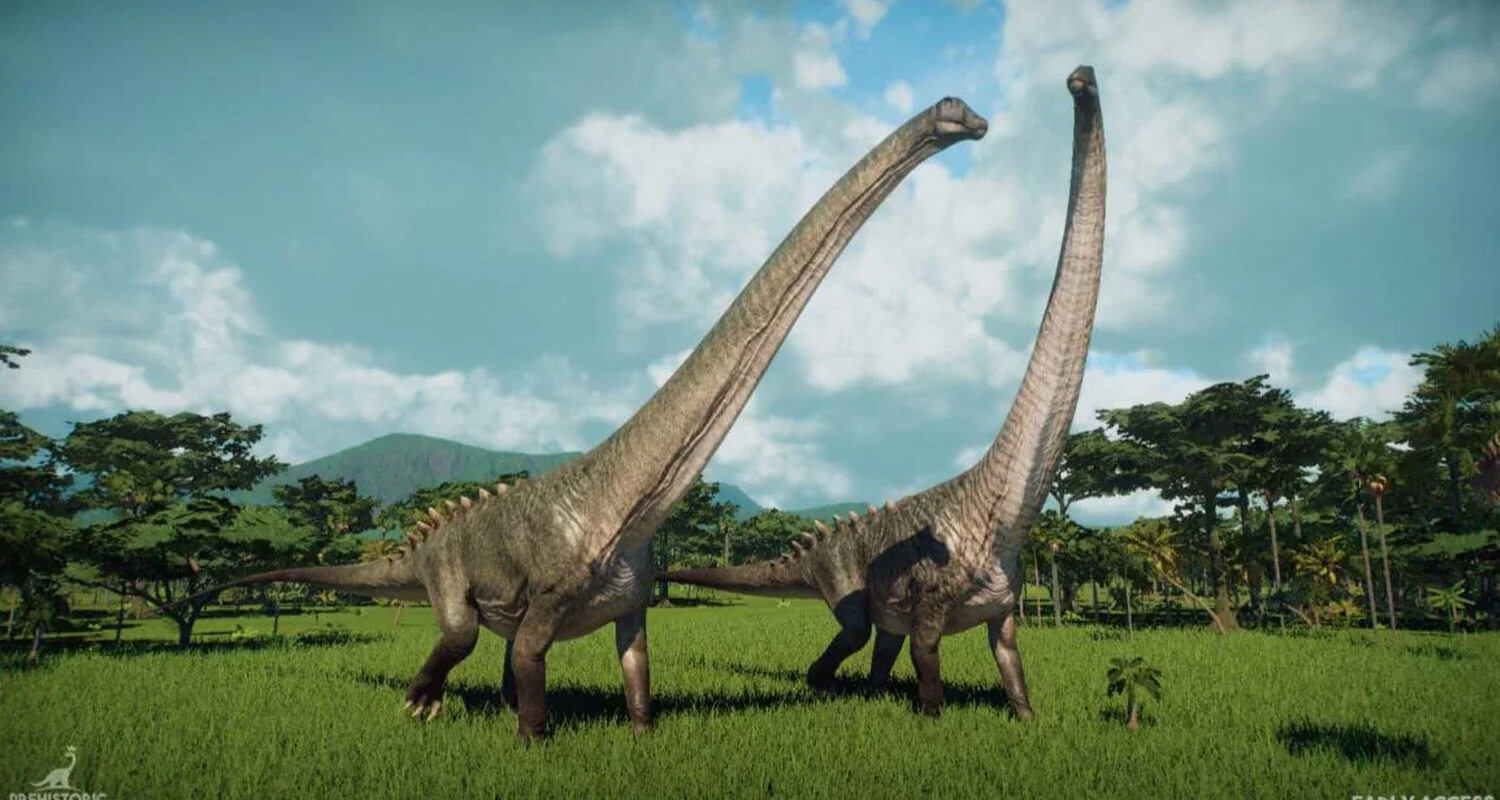
Size: Approximately 100 feet long
Neck Length: About 36 feet
Description: Argentinosaurus is often considered one of the largest and heaviest dinosaurs, featuring a long neck that helped it forage over a wide area.
Omeisaurus
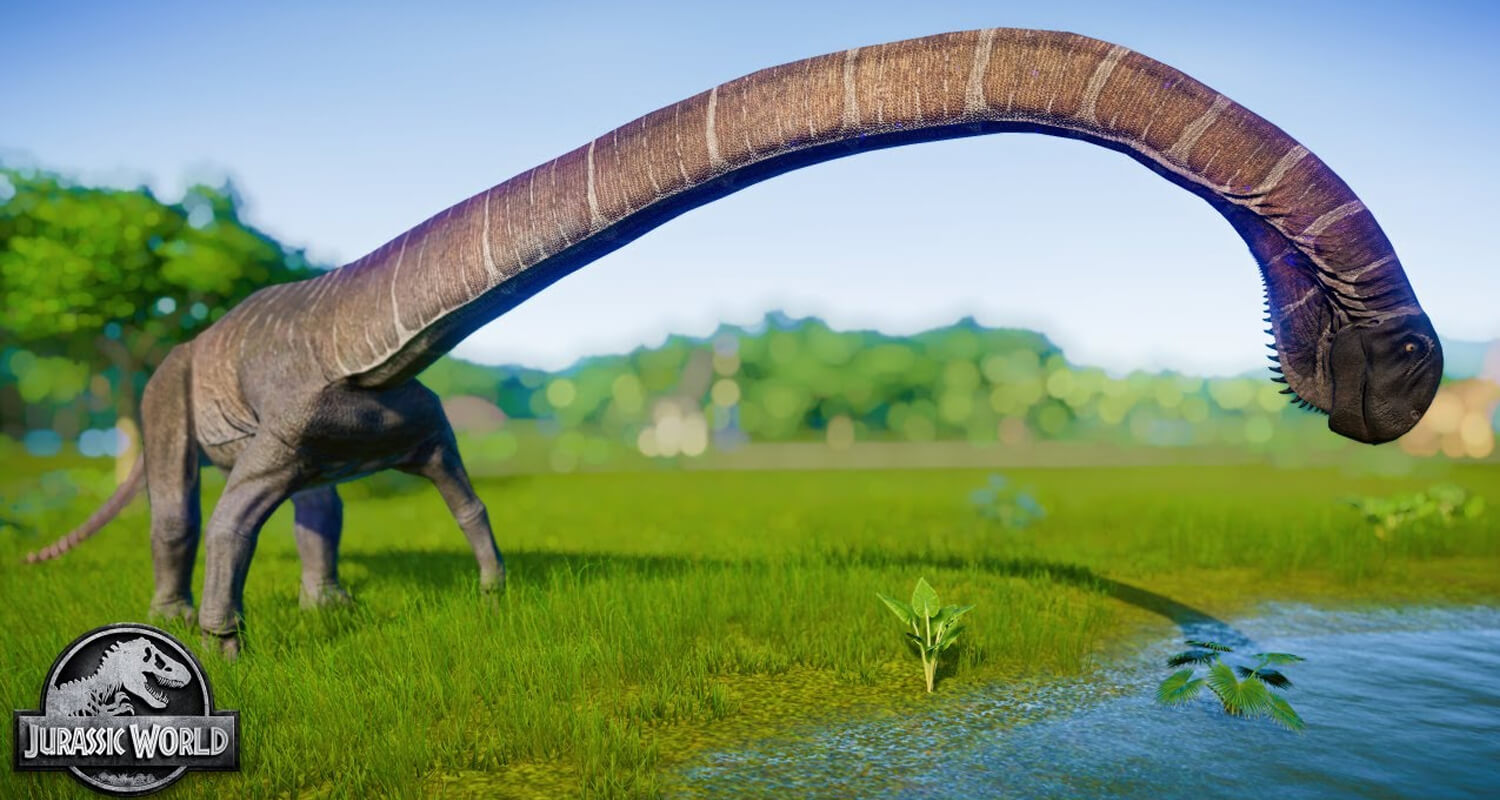
Size: About 60 feet long
Neck Length: Around 30 feet
Description: Omeisaurus had a particularly long neck and tail, with a relatively small body, distinguishing it from other sauropods.
Amargasaurus
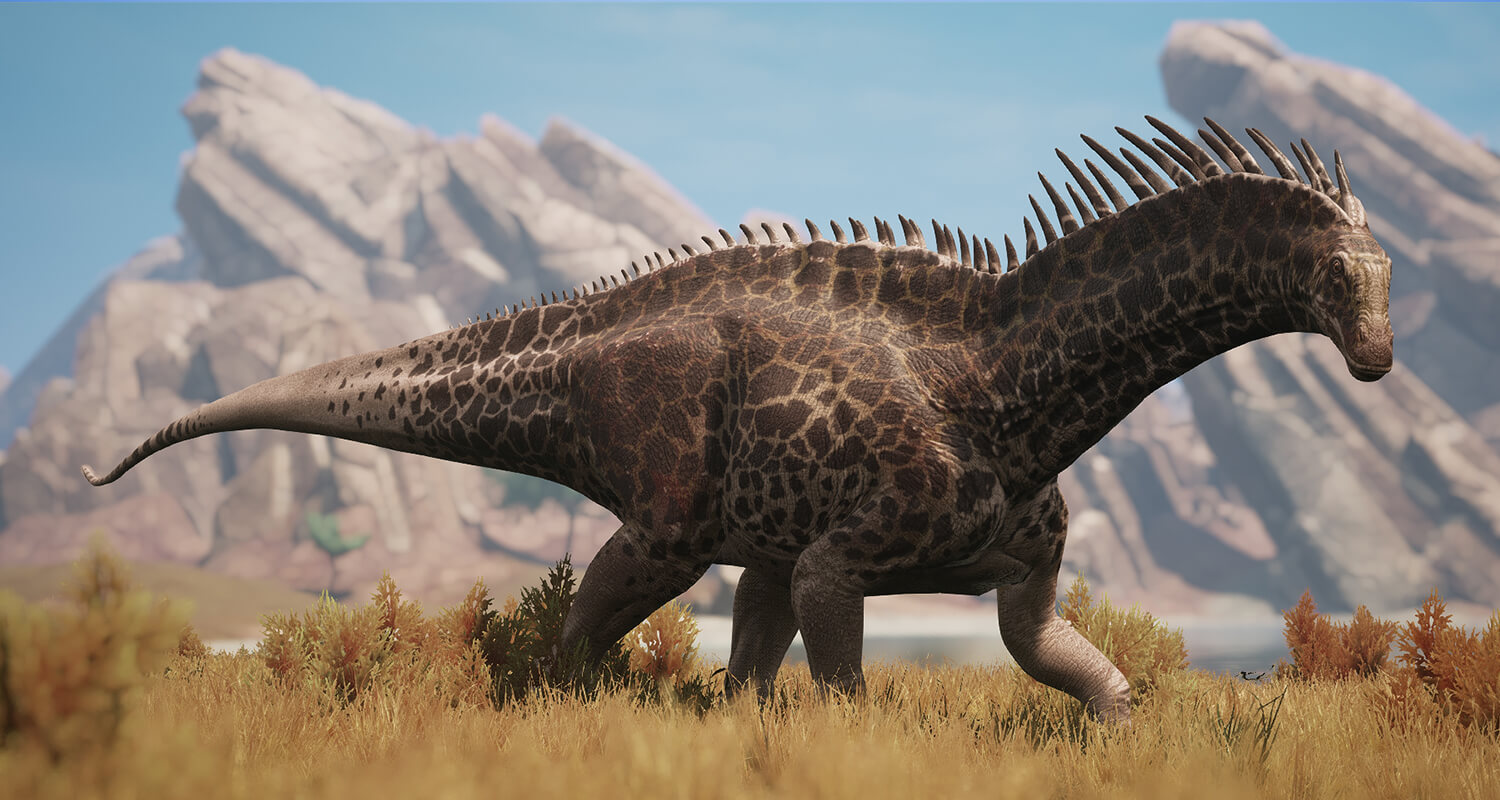
Size: Approximately 33 feet long
Neck Length: About 8 feet
Description: Amargasaurus is unique among long neck dinosaurs for the distinctive spines along its neck and back, which may have supported a sail or other display structures.
Camarasaurus
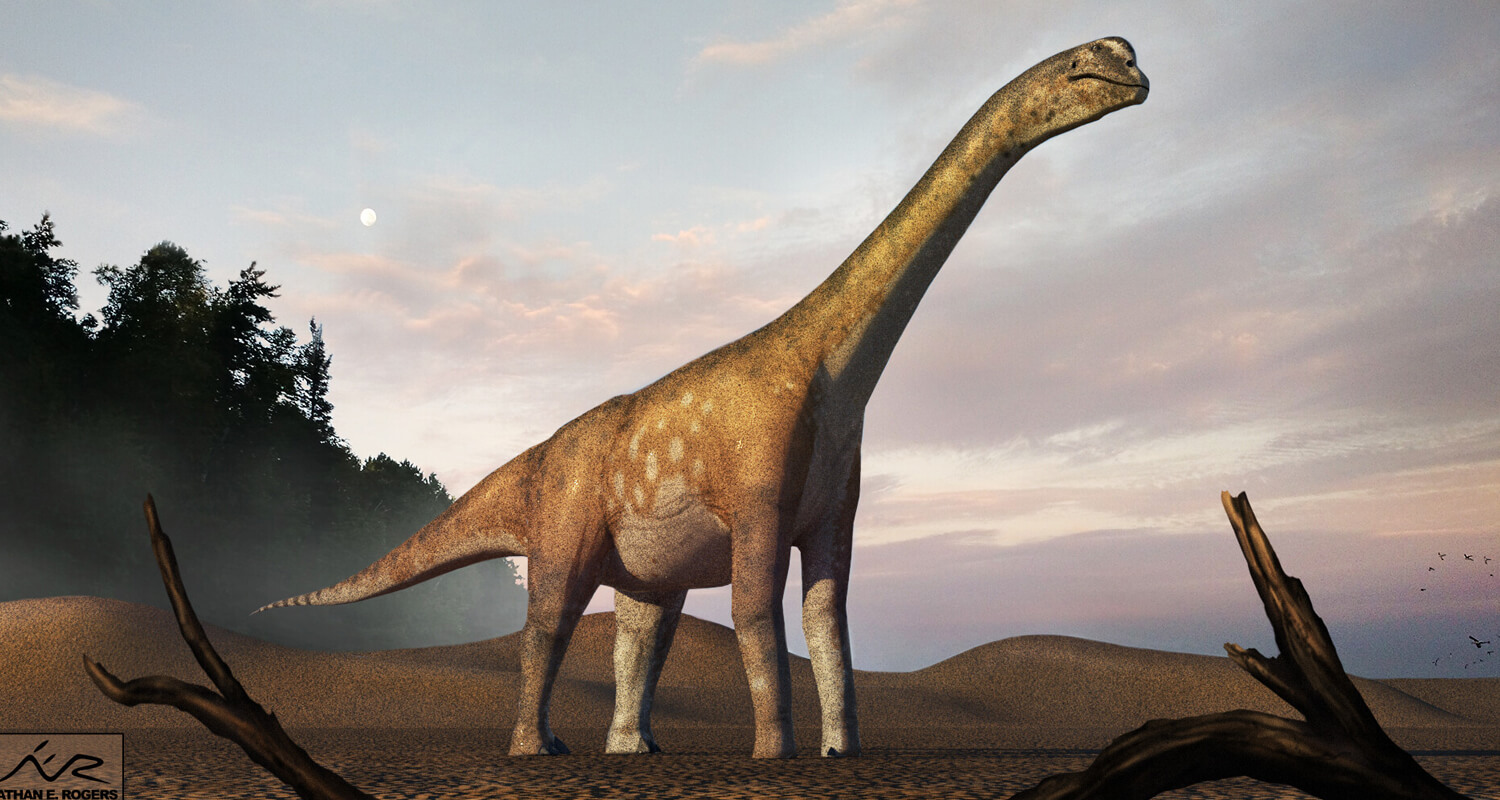
Size: Up to 75 feet long
Neck Length: Around 23 feet
Description: Camarasaurus had a relatively shorter neck compared to some other sauropods but still possessed the characteristic long neck. It had a robust body and was one of the most common sauropods in North America.
Patagotitan
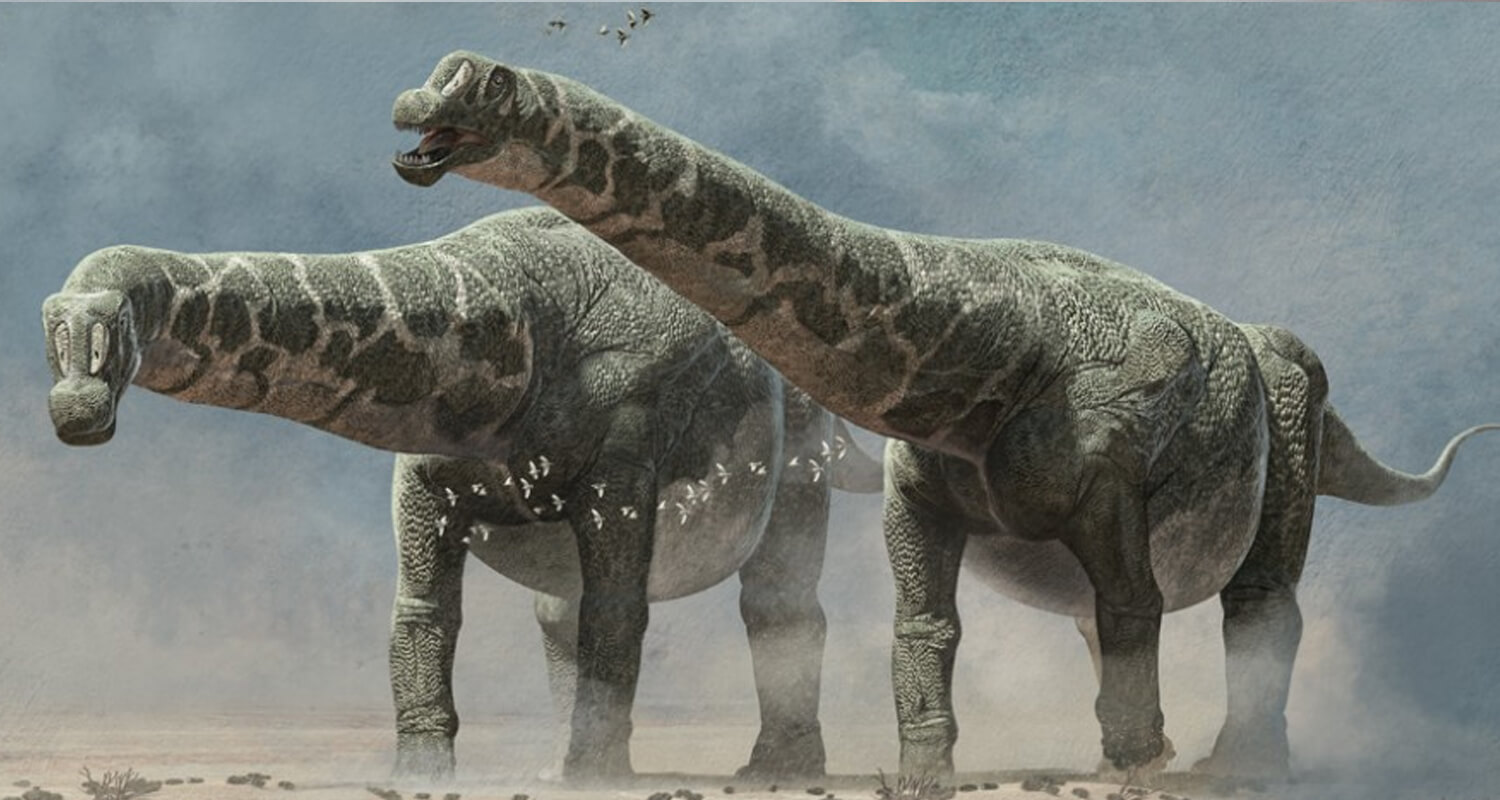
Size: Approximately 122 feet long
Neck Length: About 37 feet
Description: Patagotitan is one of the most recently discovered giants, rivaling Argentinosaurus in size. Its long neck helped it reach high vegetation in the forests of ancient Patagonia.
Ultrasaurus
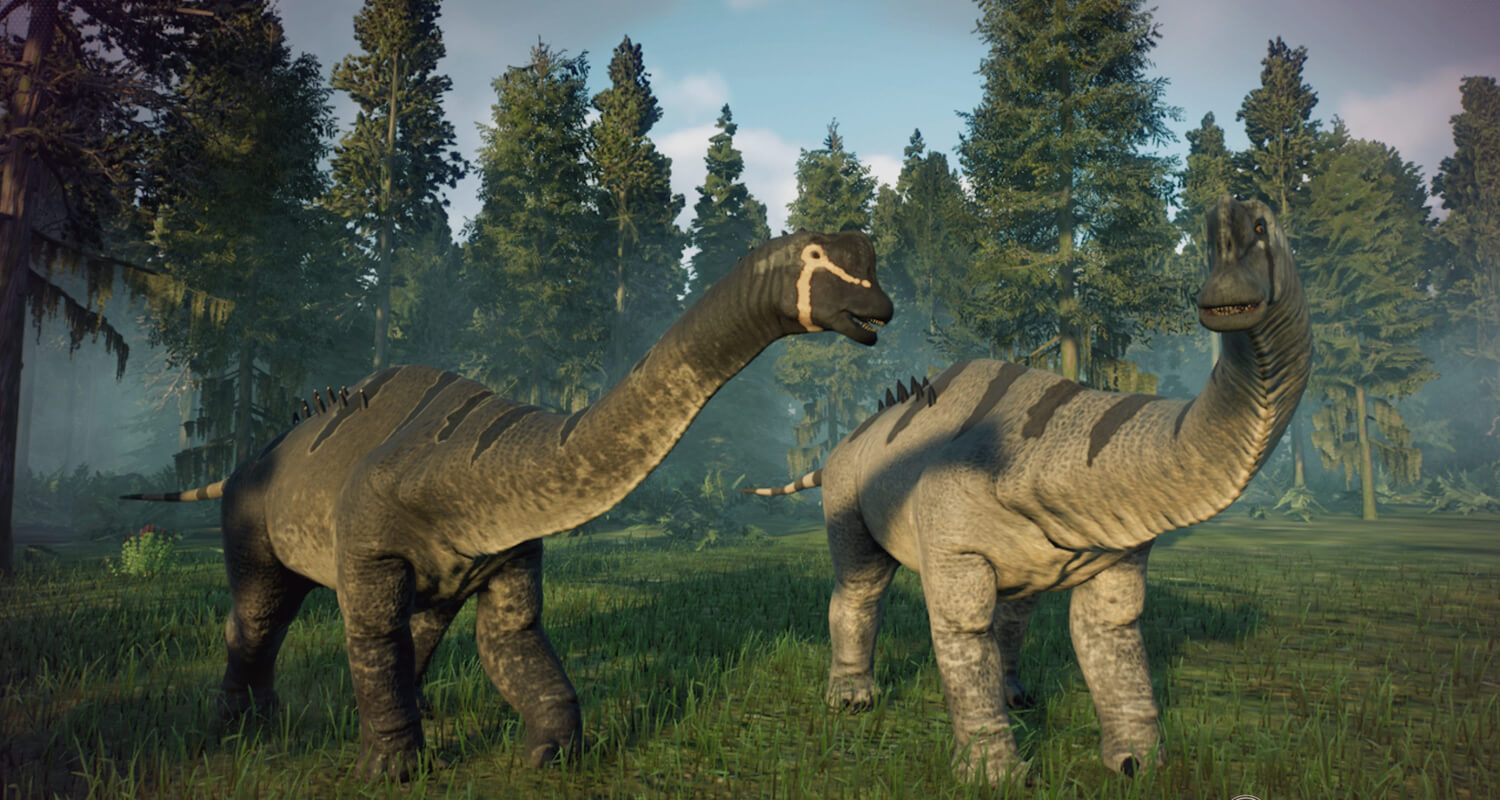
Size: Estimated around 100 feet long
Neck Length: Approximately 35 feet
Description: Despite its name suggesting immense size, Ultrasaurus is known from limited fossil evidence, but it is believed to have been a very large sauropod with a long neck.
FAQs
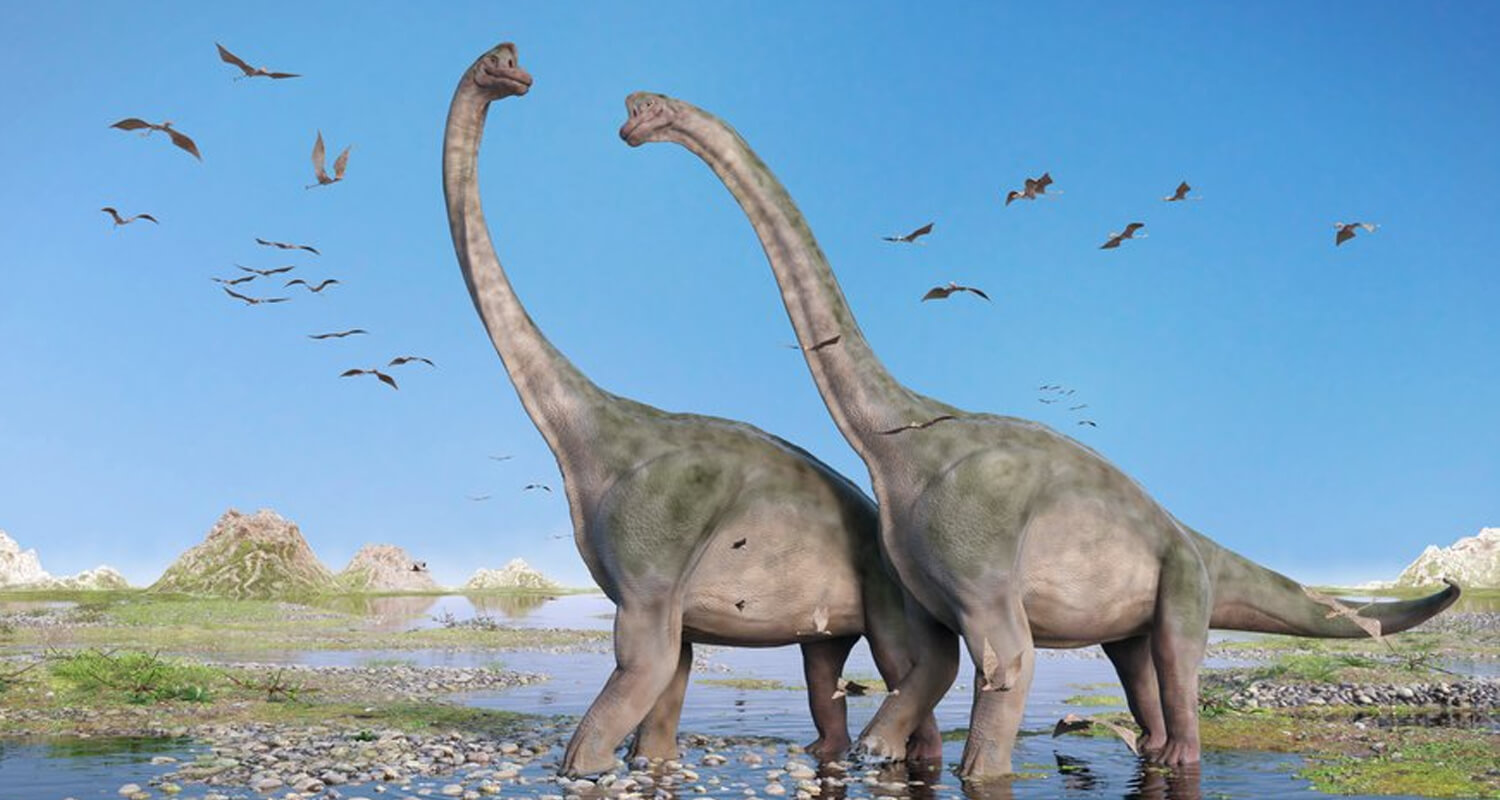
What is the biggest long neck dinosaur?
Argentinosaurus is often considered the biggest long neck dinosaur. It could reach lengths of up to 100 feet and weigh around 100 tons, making it one of the largest land animals ever known.
What dinosaur had a long snake-like neck?
Mamenchisaurus is known for having a particularly long, snake-like neck, which could account for more than half of its total body length. This adaptation allowed it to reach vegetation that was inaccessible to other herbivores.
What is a small dinosaur with a long neck?
While most long neck dinosaurs were quite large, one of the smaller species with a relatively long neck is Amargasaurus. Though still large by today's standards, it was smaller compared to giants like Argentinosaurus and Brachiosaurus.
What type of dinosaur has the longest neck?
Mamenchisaurus is believed to have had the longest neck relative to its body size among all dinosaurs. Its neck was so long that it constituted more than half of the dinosaur's total length, making it a remarkable example of sauropod evolution.
Long neck dinosaurs, with their impressive size and unique adaptations, continue to be a source of fascination for paleontologists and dinosaur enthusiasts alike. Their distinctive characteristics and the variety of species within this group showcase the incredible diversity and ingenuity of nature during the age of dinosaurs.
